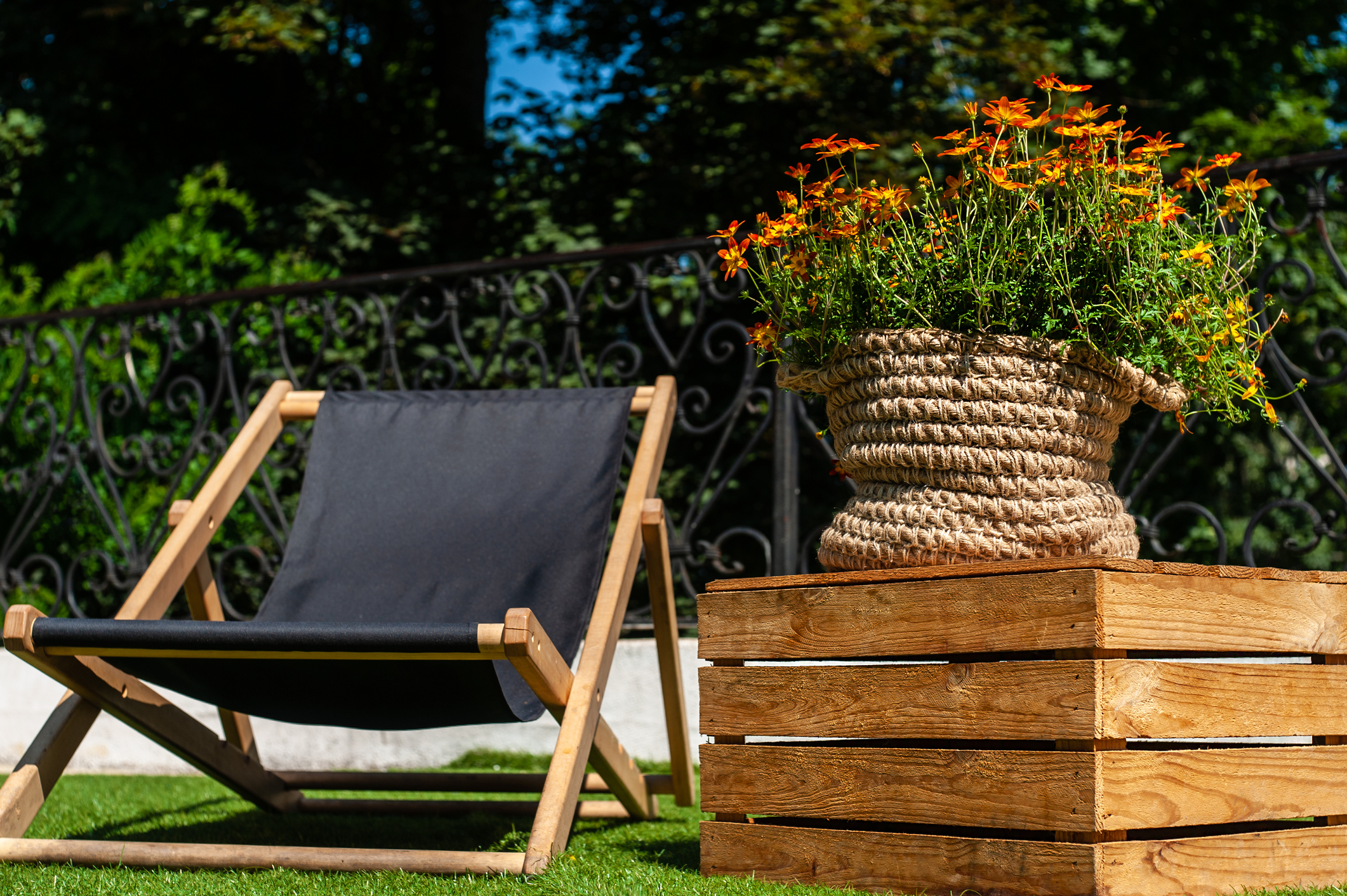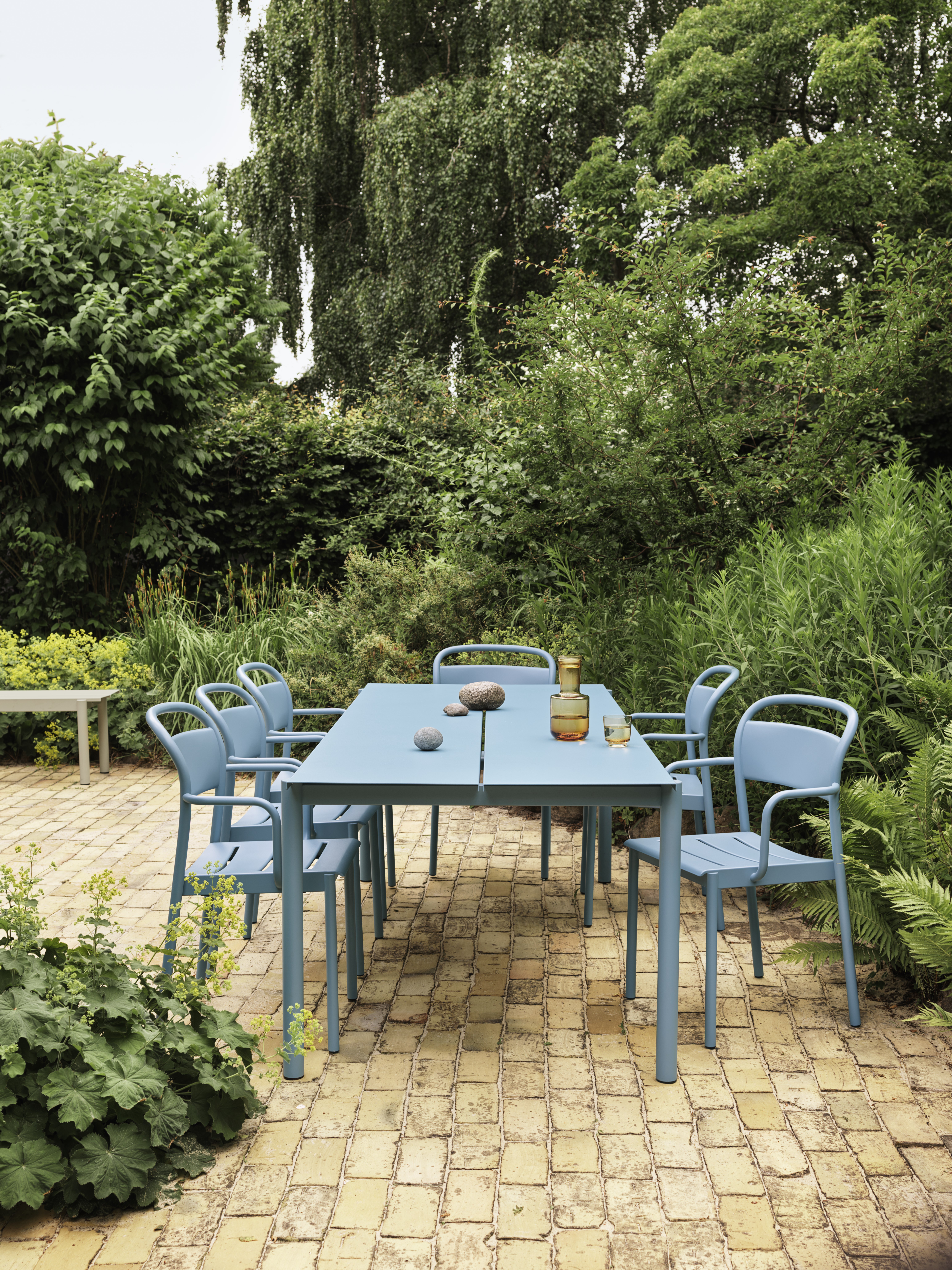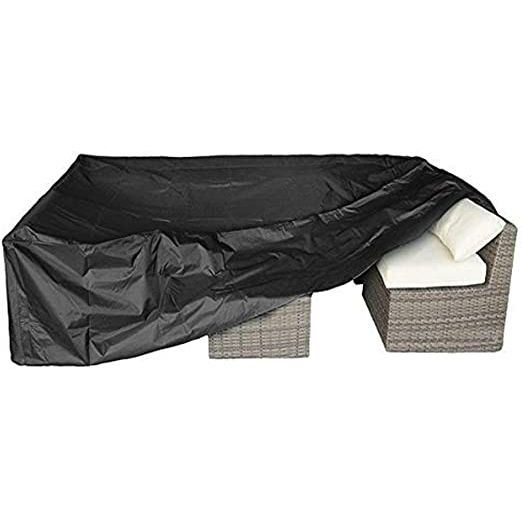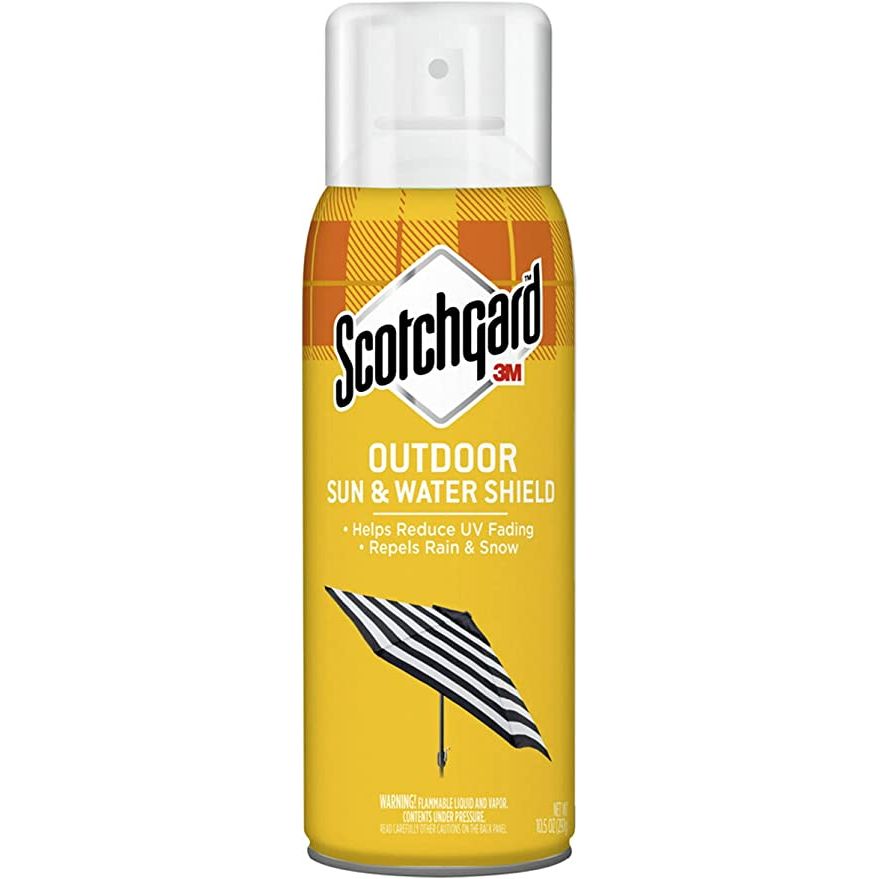Can You Use Olive Oil to Winterize Outdoor Furniture? Experts Offer a Unanimous Verdict on This Viral Hack
Using olive oil to winterize your outdoor furniture might sound like a cheap and easy solution, but experts aren't convinced


With winter officially here, your outdoor furniture probably isn't a priority right now, but if you want your patio table and chairs to last through freezing conditions you'll know that winterizing them is essential. You might have covered yours already, or maybe you've moved them into the garage to protect them until spring. Or, perhaps you've been tempted to try a hack circulating on social media - one that involves a certain household ingredient.
We're talking about olive oil, a kitchen staple that's been hailed by many for being the simple, cheap solution to prepare your outdoor furniture for colder temperatures. Supposedly, applying a thin layer of oil to your furniture works as a treatment that adds an extra layer of protection to the material and keeps it looking its best.
If you're not committed to moving your tables and chairs into a shed or garage, it might sound like a genius idea, but not everyone's convinced. We caught up with some furniture experts to find out what they thought and - spoiler alert - they weren't fans of the idea.
Can you use olive oil on wooden outdoor furniture?

While olive oil can be used on outdoor furniture - especially the wooden kind - without any adverse effects, it isn't a reliable method when it comes to preparing your outdoor furniture for fall and winter. 'Sure olive oil could help wooden furniture shine and retain moisture, but unlike more commonly recommended substances like seed-based oil, nut-based tung oil, or pine oil (which do eventually dry), oil pressed from vegetables like olives tends to linger and may become rancid when exposed to air or even attract dirt and particles to the wood,' explains Lindsay Schleis of Polywood furniture.
'Specific woods require specific oils too,' she adds. 'Teak furniture, for example, is best treated with a designated teak oil that is generally made from a combination of linseed, mineral spirits, and the aforementioned tung oil. This should be applied, not just before winter, but a few times throughout the year to avoid patina.'
Jonathan Warshaw, founder of Simple Woodworker, says that if oiling is necessary (which is especially important in the winter as cold temperatures dry out your wood), then mineral oil is a better choice due to its longer shelf life. 'However, it’s important to note that once the wood has split or cracked from drying, it’s quite challenging to restore its original moisture,' he says. 'Oils primarily coat the surface without addressing deeper structural damage.'
Can you use olive oil on plastic or metal furniture?

So what about plastic or metal furniture? 'When it comes to synthetic materials like synthetic rattan or critical weather-resistant fabrics used in outdoor furniture, olive oil doesn't make the cut,' says Wendy Wang of F&J Outdoors. 'These materials are inherently designed to withstand outdoor weather conditions, including frost, so applying oil can actually impair their natural, built-in durability.'
The Livingetc newsletters are your inside source for what’s shaping interiors now - and what’s next. Discover trend forecasts, smart style ideas, and curated shopping inspiration that brings design to life. Subscribe today and stay ahead of the curve.
Despite its drawbacks in terms of sustainability, if you're wondering which type of outdoor furniture lasts the longest, plastic furniture is generally a more practical choice. While a bit of T&C this time of year wouldn't go amiss, maintenance of plastic furniture (including synthetic rattan) is far simpler than wood. 'We suggest simply cleaning with a mild detergent and water as needed,' says Lindsay. 'This type of “forever furniture” is built to last and is ideal for folks who don’t want to spend a lot of time treating, cleaning, painting, covering, and moving outdoor furniture around to protect it.'
For any type of outdoor furniture, the best way to winterize it is by using a furniture cover or moving it into a sheltered space like a garage or shed. 'Overall, while the olive oil hack might appeal as a quick solution, professional products designed for outdoor furniture protection promise a more lasting and worry-free outcome,' says Wendy.

Lilith Hudson is a freelance writer and regular contributor to Livingetc. She holds an MA in Magazine Journalism from City, University of London, and has written for various titles including Homes & Gardens, House Beautiful, Advnture, the Saturday Times Magazine, Evening Standard, DJ Mag, Metro, and The Simple Things Magazine.
Prior to going freelance, Lilith was the News and Trends Editor at Livingetc. It was a role that helped her develop a keen eye for spotting all the latest micro-trends, interior hacks, and viral decor must-haves you need in your home. With a constant ear to the ground on the design scene, she's ahead of the curve when it comes to the latest color that's sweeping interiors or the hot new style to decorate our homes.


